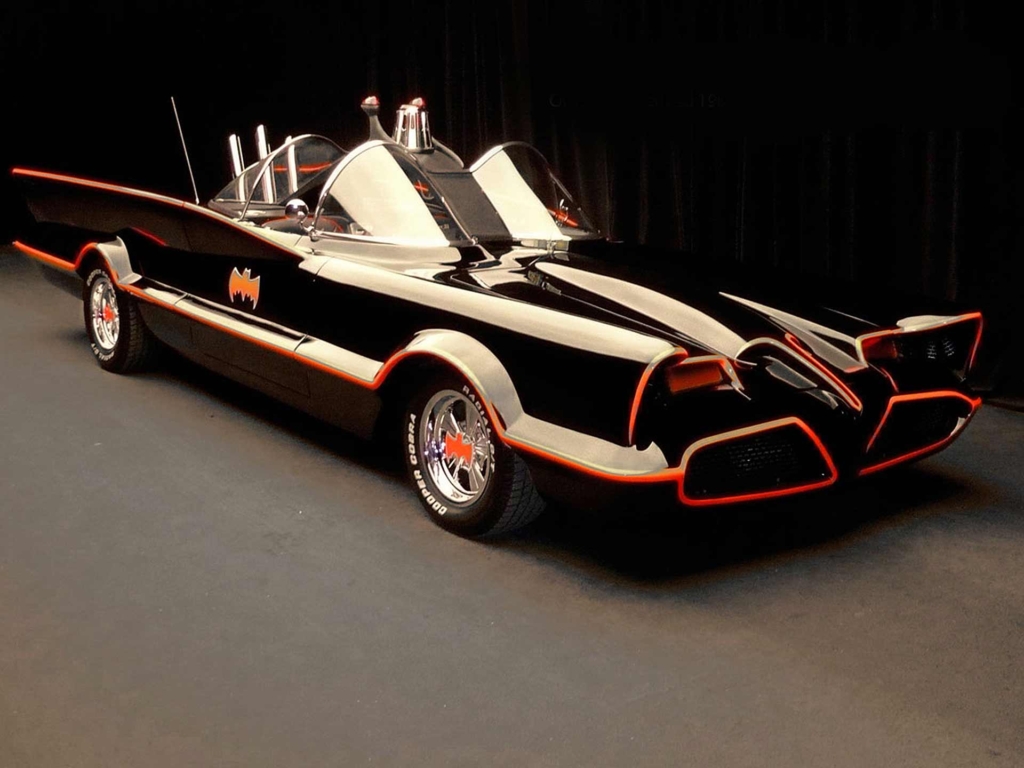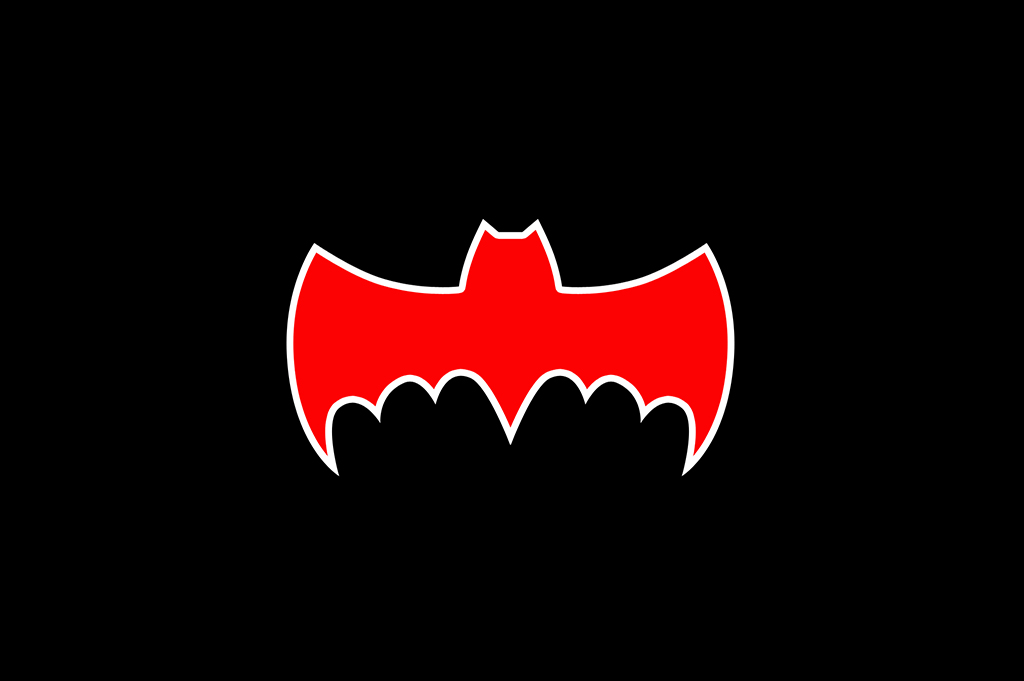
The founding owner of Fibreglass Freaks discusses the manufacturing of the official DC Comics full-size replica 1966 Batmobile.
SPLENDOID: As a job description, ‘Batmobile manufacturer’ must be fairly uncommon. What inspired you to start Fibreglass Freaks?
MARK RACOP: I was at an auction where I saw a poorly-built Batmobile replica reach a bid of $140k–and then not sell because it didn’t meet the reserve. That’s when I decided to make it my goal to have my own replica at that auction one year from that date. Which I did!
That seems to be the reaction of a real enthusiast. It’s fair to say then that you were always a fan of the car?
I guess you could say that. I saw the TV show when I was two-years-old. I fell in love with the action, the color, the music, the costumes, but especially the Batmobile, and I’ve wanted the car ever since. When I was eleven, my father took me to the Antique Auto Museum in Chicago to see my first fullscale car (I found out years later that it was the Barris-built #4 dragster). Seeing this car not only cemented the dream that I would have my own one day, but also that I was going to build it myself.
And before you started the company, did you have any automotive experience, Bat-related or otherwise?
I made two Batman fan films in high school and was gearing up to make a third. You know how they say that necessity is the mother of invention? I simply needed the ultimate movie prop! I built my first 1966 Batmobile replica when I was seventeen-years-old, along with four other crazy seventeen-year-olds. We had no automotive background, we had no automotive tools–I didn’t even have an air compressor. We literally willed that car into being. We taught ourselves fibreglassing and body-working, and eventually mould-making. We used plywood, wood paneling, Styrofoam, and steel–anything to get the shape as close to the original as possible–and then we covered the whole thing in fiberglass and lots and lots of Bondo™.
Years later, I was refurbishing my first car, and it was there that I started toying with the idea of going into business selling them. That’s when I went to the auction to see how well a non-Barris built replica would do on the block.
Nowadays your work carries the official DC Comics licence, which is quite an endorsement of your work. Was it a long process to get that accreditation?
Actually DC sent a spy to my shop to check out what we were doing which initially ended in a cease and desist, unfortunately. But they quickly changed their minds and offered the licensing option. It took three years from their initial query to me receiving the contract. I couldn’t tell a soul for three years – it was very nerve wracking, to say the least!
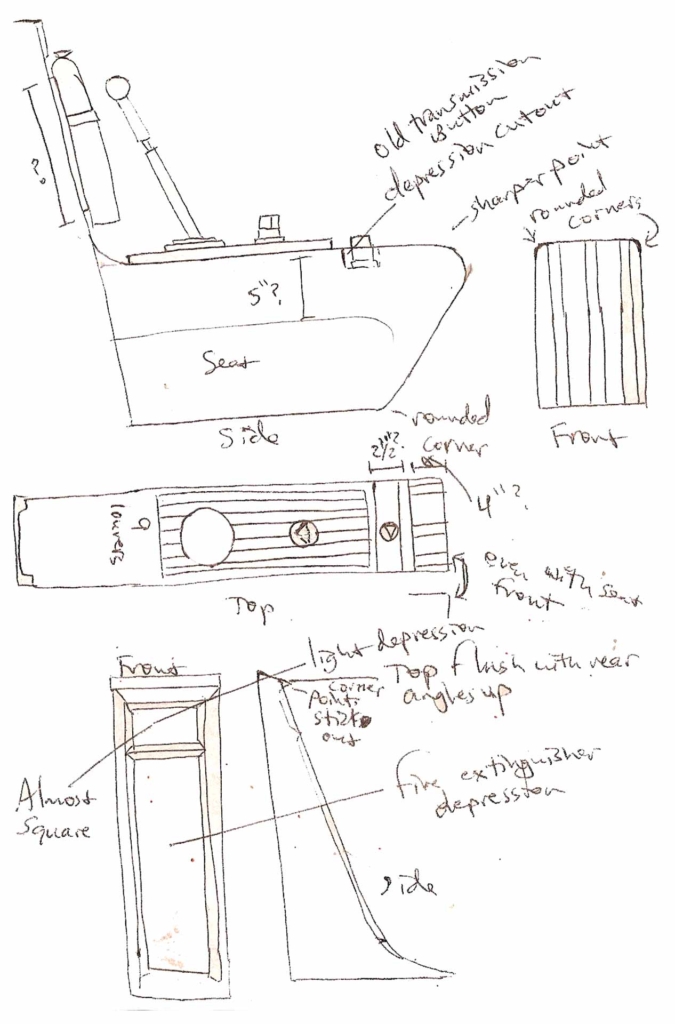
And then, once you had the licence, how did that affect your business?
I sent out 200 press releases on Friday, September 24th, 2010, and the news went viral in Australia at 10PM Monday night, the 27th. The phone calls, emails, TV and radio interviews, and magazine photo shoots were non-stop for an entire year. We were featured in six magazines in England and didn’t even know it. Things really got nutty when we were featured on the Yahoo news scroll bar. We had over 30,000 hits to our website, and it shut down the server.
We were featured on TV shows “How Do They Do It?,” “Big Cool Stuff,” Germany’s “Galileo,” “Hollywood Treasures,” the “Today” show, and “Good Morning America.” It was a blast teaching Matt Lauer and Al Roker how to drive the Batmobile so they could drive from 49th Street in to Rockefeller Plaza.
To literally get down to nuts and bolts, how did you go about reproducing such an authentic reproduction? Barris was a Hot Rod builder first and foremost so I can’t imagine there were original plans to work to?
No, there were no blueprints and you can’t even look at the #1 today as the be all and end all because the #1 is missing many of the original items (stolen over the years by souvenir hunters).
That’s quite a stumbling block. How did you get around it?
My father recorded all 120 episodes of the TV show on VHS, and I watched every single scene, frame by frame, to get the details just right. I can tell you which episode you go to if you want to see how many oval openings are in the beacon cage, or if you want to count the louvers on the rear package tray, or determine the flutes on the center console grille.
My father recorded all 120 episodes of the TV show on VHS, and I watched every single scene, frame by frame, to get the details just right.
What about the 1955 Lincoln Futura that Barris based the design upon? Was there any way of utilising that?
Actually, there was only one Futura concept car, so sourcing the original was out of the question. I knew my car was too inaccurate to use as a buck for making the mold, so I started sculpting a new car body from yellow urethane foam. And then something magical happened. You know how they say you can buy anything on eBay? They’re not kidding. There was a guy that had built a beautiful sculpture of the 1955 Lincoln Futura, he had popped moulds, and he couldn’t bring himself to destroy this beautiful buck. It was deteriorating, though, and the decision was upon him. Sell it or trash it. I bought the buck for $2,125. Three months later, I popped a Futura mold from that buck and then cast a body. Then, using hi-res pictures of the #1, I modified the fiberglass Futura body replica just as Barris had modified the metal body of the real Futura. I used an opaque projector to get the wheel well openings, the scallops, and the hood scoop just right.
What about physical access to any of the Barris originals?
I had previously seen the #4, the #2, and the #3 cars in person. All three Barris-built replicas are decent, but don’t hold a candle to the screen-used car, the initial #1, the Futura-converted Batmobile.
I had high res photos of that car which I took when I attended the Peterson Lifetime Achievement award in Indianapolis in 2003. Then, in 2008, I interviewed Barris while he sat in the #1. After the interview, he had to leave for the airport and said we could stay as long as we wanted. I broke out the tape measure and measured every part of the car.
That means your version must be pretty accurate, in terms of size at least?
Our car is really close. We’re within 1/4″ on just about every single measurement. We are about to make our third mould, and we’ll knock out the last of the inaccuracies when we do. It will take about a year to accomplish that.
What about the chassis? Is that custom or have you found a stock unit that works?
The first car was built on a 1974 Monte Carlo, which had way too short a wheelbase. I built twenty-three more using rebuilt 1970s Lincoln Town Cars. Now we’re using custom built 1955 Lincoln chassis. That allows us to get the exact wheelbase, wider from frame rail to frame rail, add rack & pinion steering and disc brakes, and it’s much easier to install the air ride than on an old Lincoln.
You mentioned earlier that you moulded the first cars body from the Futura buck, but how are you producing the bodies for the consequent versions? More moulds or sculpting?
We have a mould. We tried a chopper gun and weren’t happy with the results. All of our bodies are now hand-laid fiberglass: three layers of one ounce and four layers of one point five ounce of chopped matting. The cars are 1/4″ thick throughout.
And do they come out in one piece or in sections?
One piece, aside from the doors, hood, and trunk.
The first car was a custom body so have you done any modifications to the bodywork to make it easier to reproduce using moulds? I am thinking changing any angles or bevels?
No, not really. We have replicated the car as closely as we possibly can.
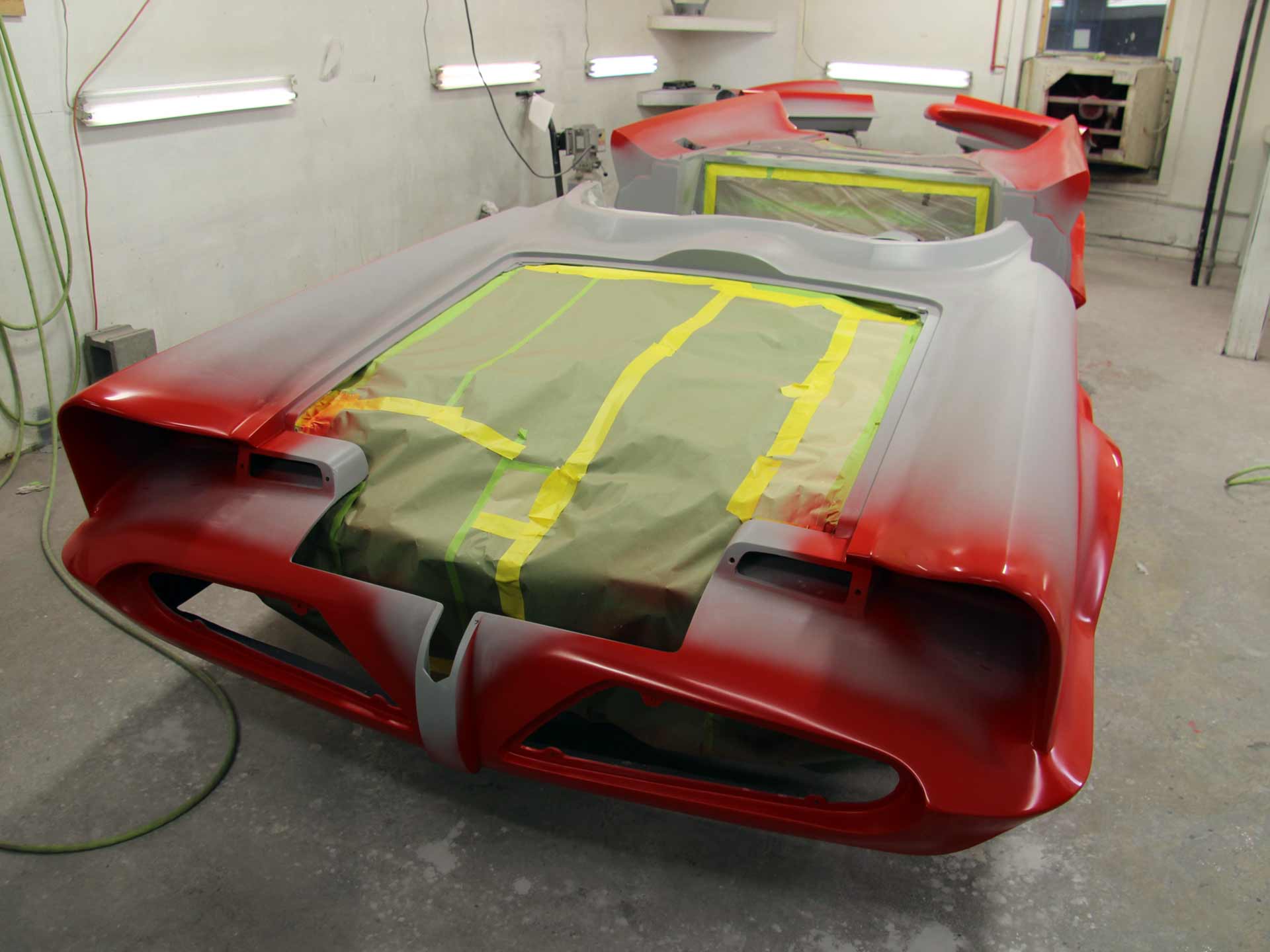
And the paint job, the original had quite a specific finish. How have you matched that? Have you encountered any specific issues with that?
Good you mention that. The paint job on the original was quite fascinating. Most people think that the stripes were red, but they weren’t. They were neon red/orange. I found an exact match for the neon paint but there’s a problem–it fades badly in the sunlight! It even says on the can “do not put in direct sunlight.” But it’s a car! What are we supposed to do? We painted our first ten cars with the neon, then switched to a ‘minds-eye’ color called Torch Red. It doesn’t ‘pop’ like the neon, but it has some orange in it when you get it outside.
Moving on to the onboard features. Have you included all these?
Yes. There are dozens and dozens of details that we have captured perfectly in our cars. I’m particularly proud of our Futura steering wheel, Batmobile center console, the Futura seats, and the Futura roll-top five door dashboard.
I assume that these were all replicated using reference images from the show once again?
Yes, I built everything from watching TV. Everything has to be built from scratch. You can’t buy anything for these cars off the shelf. Even the parts that are waterjet or laserjet cut have to be sanded, buffed, and polished, or they have to be primed, painted, wetsanded, and buffed. For instance, you can’t order a 1966 Batmobile steering wheel, Detect-a-scope, or Bat Turn Lever from your local auto parts store.
And how accurate are you being on these?
This will sound like I’m bragging, but I’m truly not. Our cars are better than the Barris cars. His cars only had to look exceptional for the cameras. Our cars have to look exceptional from just inches away, as the owner will be sitting inside the car. Everything is concourse level. One of our customers won “best of class” at the Niello Concours at Serrano, and was offered $100,000 more than he paid for the car on the spot. He turned the buyer down! But at the same time, we don’t sit on our laurels. We are always making improvements to our cars in the areas of quality, accuracy, or build speed (sometimes all three simultaneously!).
Maybe the question is if you left anything out?
There are three parts of the car that we have not done (yet): the functional speedometer, tachometer, and odometer in the steering wheel (we’re closing in on that feature!), the bat ram that popped up from under the front of the car (nobody has asked for it before), and the roman candle fireworks out of the triple rocket tubes (it would ruin the paint job). Other than that, we have replicated every single detail and feature exactly as it was on the show.
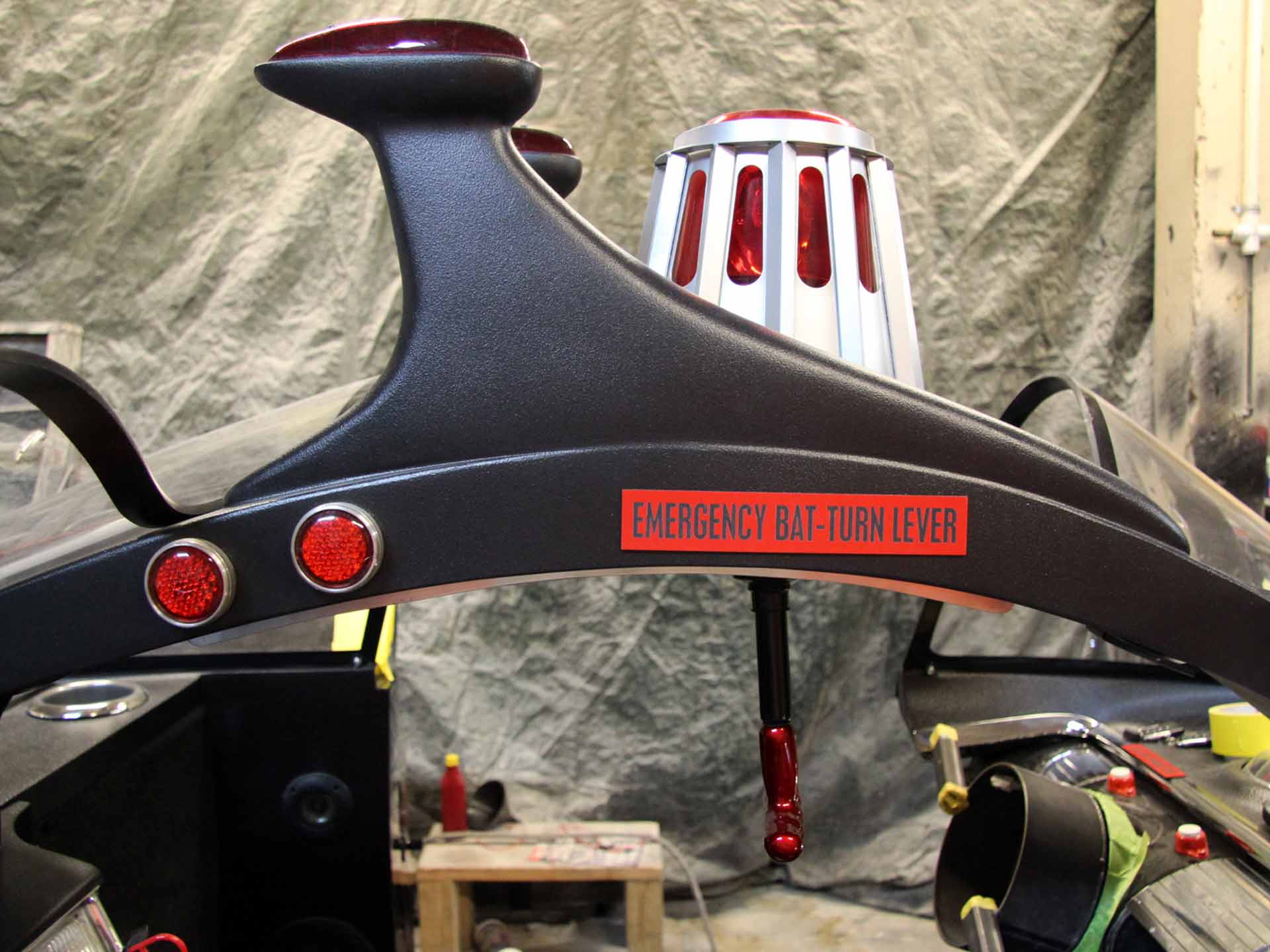

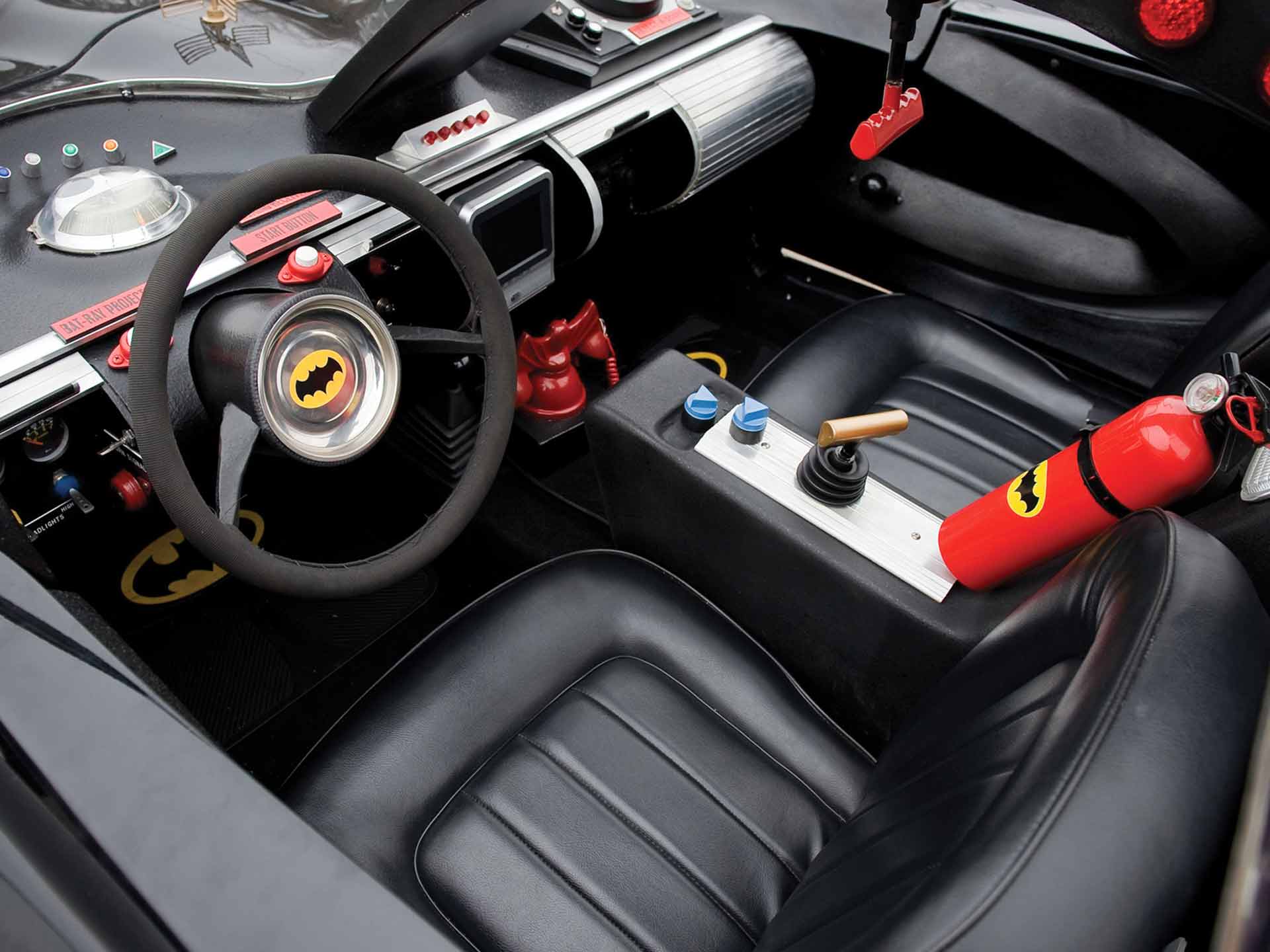
I am very curious about the stock parts on the original. I would imagine that these must have been more difficult to make authentic than the parts you can build from scratch. How have you have managed to be period correct and source the right parts, for example wheels, engine block, running gear etc?
The buttons, knobs, rear antenna, arch sidemarker lights, and T handles are all period correct, but we have modernized a few things. It took years of research to discover what was used on the original car. In fact we were extremely lucky a few years ago and had the Barris #4 in for restoration, that’s the Dragster version that the made for promotional race events. We were able to copy and re-mould the original Ansen T handle for our Bat Turn Lever. We use both Radir and Rocket wheels. Both are close replicas of the original Rader Wheels.
Now, hold on. Did you say you’ve also worked on a Barris original???
Yes, we finished restoring the Barris-built #4 dragster about two years ago. It was the most fascinating and most challenging work we’ve ever done.
We need to talk about that a little. I guess the only question is, how did a restoration differ from the replication process?
The owner wanted us to restore but not reform the car. He didn’t want any new fiberglass added underneath to thicken the thin body, for instance, which meant all of our work had to be on the surface.
He wanted to take the interior details back to 1967, which meant sourcing all of the items that Barris used: a Muntz 4 track stereo, a 1956 Pontiac concentric circle tail light, a Sun brand tachometer, a heater switch, two Christmas tree bulbs, and the most difficult item–the Ford Convenience Safety Package. Even the president of the Ford Galaxie club had never seen one! But we found it.
Also, whether it was Barris himself or the various museums over the years, there were lots of mechanical and electrical issues to deal with. We had to completely redo the electrical harness. We found 220 household wiring in the back half of the car, extension cords in the front half, and exposed two gauge wiring inside the metal dashboard. The floor pan under the seat was held on by only two of twenty original screws. The castle nut on the pitman arm was one turn away from coming off the steering.
The new owner had us make two changes that were not on the car originally. He had us install electric actuators to raise the front of the car, and we put a T-shirt launcher in the center triple rocket tube!
Fantastic stuff. That makes me think, do your buyers request any modern additions, or do they want them 1966 style all the way?
We include things that were science fiction at the time Barris built the original Batmobile: backup cameras, DVD players, electric actuators for the hood and trunk, GPS, satellite radio, and we are on our ninth prototype blinking, beeping, Bluetooth Batmobile Batphone.
You never know what a customer will request in his car. We have installed air conditioning, an iPad mount on the arch, a batsignal out the trunk, and confetti cannons out the triple rocket tubes.
About half our cars have rebuilt Ford 460 engines. We started using GM engines because they run fifteen degrees (F) cooler than the Ford engines. We are currently building two LS3 525 horsepower engines and an LS7 625 horsepower engine. Our craziest powerplant was a Ford 460 bored out to a 514 stroker. It has 702 horsepower! If you just touched the accelerator you were launching! It was a blast.
The average build time from deposit to delivery is sixteen months, depending on how many cars are in the queue at the time. Each car is a handmade labor of love, and each car has its unique challenges.
It really is an incredible amount of work. How long does one build take, from order to delivery?
The average build time from deposit to delivery is sixteen months, depending on how many cars are in the queue at the time. Each car is a hand made labor of love, and each car has its unique challenges.
And who buys the final product? What type of people?
Most of our customers are 45-65. They are individuals that fell in love the car during the 1960s or 1970s. Most are business owners that worked hard their entire lives. Their wives have nice houses, nice kitchens, and many have swimming pools. The kids are out of the house. They’ve never bought anything for themselves, and their 50th or 60th birthday is coming up. Their wives ask them, “What have you always wanted but never bought for yourself?”
Many use them for charity events, like a guy that makes it his job to give hope to children that have cancer. Some buy theirs for personal joy, like the guy that doesn’t want his neighbors to know he has it.
How many have you made and how many have you sold?
We don’t build and sell. We sell and build. I wish we had time to build a couple of cars to have on hand–that would be awesome; but I digress. As of October, 2017, we have completed twenty-five and have another four on order.
What is it about star cars like the Batmobile that people identify with, that makes them want to but your product? I think it is something to do with making fantasy characters seem real. We all enjoy our Batman’s, our Bonds and all the rest. When we see the cars it feels like the world we have seen on screen is somehow closer to us, perhaps even somewhere we could go if we knew how – would you agree?
I agree. A fifty-five year old guy with bifocals and a belly is never going to be Batman or Bond. But if he has the car, he can sit in the driver seat and imagine what it must have been like to be Adam West, or Sean Connery. Costumes, props, and vehicles bring people closer to the object of their fandom. It helps them own and be part of the experience instead of just vicariously participating.
Most importantly, people just want to feel young again. They will do anything to relive their childhood. Seeing one of these cars in person instantly takes you back to a much better, more innocent time, which is a lot of fun. But getting to drive a 1966 Batmobile down the street? That…is absolutely priceless.
To close then, I would say that you know the Batmobile better than the man who designed it. I always think that it must be amongst the most famous film and TV production design elements. In your expert opinion, what is it about the car that endures?
Put simply it is the ultimate vehicle. It perfectly married the character of Batman to the automobile, far surpassing the Bob Kane/Bill Finger drawings. Those double bubble canopies, the long fins, and the flamethrower out the back left an indelible impression on all of us. The car looks so futuristic that for me it still looks like it could become a production model in the future.
I think it endures because the ‘66 is a real finished car. It can be driven. All the other Batmobiles have just been props. All the others cars are unfinished from an automobile perspective. Some barely exist in real form and are mainly CGI. You can’t even drive the Tumbler on the road because it’s nine feet wide. Kids at a comic book convention will walk past the Tumbler saying it’s “nice,” but then point at our 66 and say, “There’s the REAL Batmobile.” It’s wild how the car has transcended age, race, and gender. Even people that have never seen the TV show get and appreciate the car.
Do you think this success has much to do with the design of the Lincoln Futura? Or did Barris manage to tap into something else via his design? By that I mean did he manage to extract something of the Batman mythology from the comics?
Both. Since Barris only modified the 1955 Lincoln Futura about ten to fifteen percent, most of the credit must go to Bill Schmidt/Lincoln/Ghia, but the Barris touch was vital. They could have painted the car black and neon red/orange as it was, but instead, Barris brought the wings onto the doors, scalloped the fins, extended the hood scoop down the hood of the car, and added a V shape to the nose of the car. 20th Century Fox technicians had a part in this as well, creating the detect-a-scope, the beacon cage, and the batphone. The design was cool as a Futura. It became iconic as the Batmobile.
